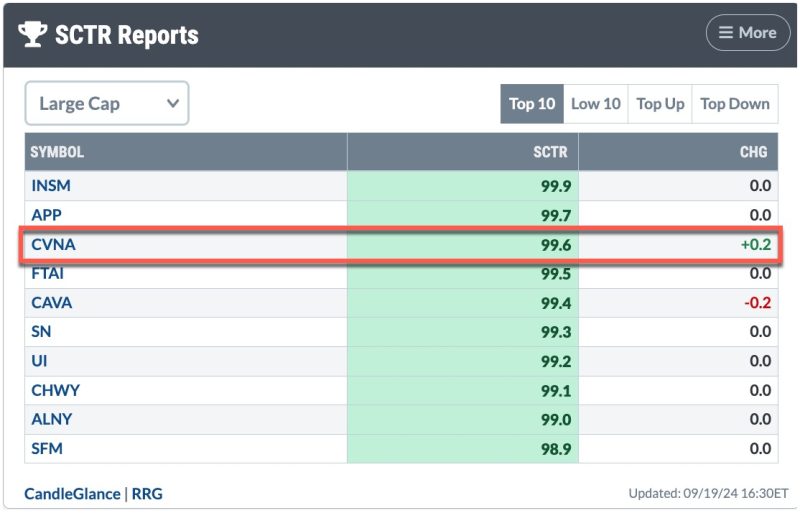Begin with a deep dive into Carvana’s dramatic rise as a market player in the automotive industry. Carvana, an American online used car retailer that was established in 2012, took the market by storm at a time when e-commerce was soaring. The founders Ernie Garcia, III, and Ryan Keeton saw an opportunity in the motor industry to bring simplicity and convenience to consumers at a level not previously seen. Through their innovative model, they have managed to offer their consumers more than 20,000 vehicles to quickly scan through on their online platform.
Let’s take a closer look at Carvana’s business model to understand just how this gain was achieved. The company, principally operates online, offering potential buyers a detailed virtual tour of vehicles, including high-resolution photos and comprehensive reports of vehicular history. Completing the digital experience, customers are also able to finance, sign contracts, and schedule deliveries or pickups all on the website. This dramatic simplification of the often-stressful process of buying a car has made Carvana a game-changer in the industry.
Furthermore, their unique touch comes through their distinct Car Vending Machines. These coin-operated, multistory structures make the process of buying a car amazingly simple and even exciting for customers. By picking up their vehicles from the vending machines, they avoid dealership prices and save money.
The SCTR (StockCharts Technical Rank) report gives Carvana a significant gain, making it worth a revisit. The robustness of Carvana’s model, accompanied by effective marketing strategies, underscores this opportunity. The SCTR report considers various factors, including a six-month rate-of-change and a three-month rate-of-change. Carvana’s astonishing performance on a percentage basis has boosted the company’s ranking in the SCTR, suggesting potential profit for investors who missed the initial opportunity.
Carvana’s disruption and innovation in the automotive industry have resulted in a lucrative growth rate. They effectively mesh technology and customer experience, manipulating their assets to build an undeniably strong brand identity. This approach optimizes efficiency, reduces costs, and increases their productivity and profitability.
Plus, it’s also important to note the impact of the COVID-19 pandemic that has driven a boost in e-commerce activities. With safety concerns and lockdown measures, the appetite for online transactions has surged significantly. As such, companies like Carvana that offer comprehensive online services directly benefit.
Let’s talk about competition. The online auto industry is significantly less dense in terms of competition compared to its traditional counterpart. While there’s some level of competition from other online retailers such as Vroom, CarMax, and more, Carvana has managed to secure an advantageous position due to its early entry, innovation, and customer-centric approach.
The SCTR Report gives Carvana strong scores, indicating potential growth and profits in the future. As an investor, it would be worthwhile to keep a close eye on the company’s future operations and developments. The combination of Carvana’s robust business model, impressive growth rates, and a strong market position suggest it’s well worth a revisit for anyone keen on investing in a steadily growing business.




